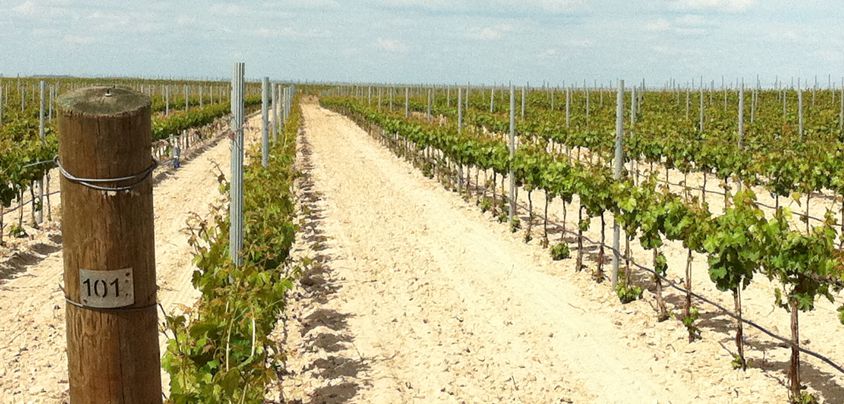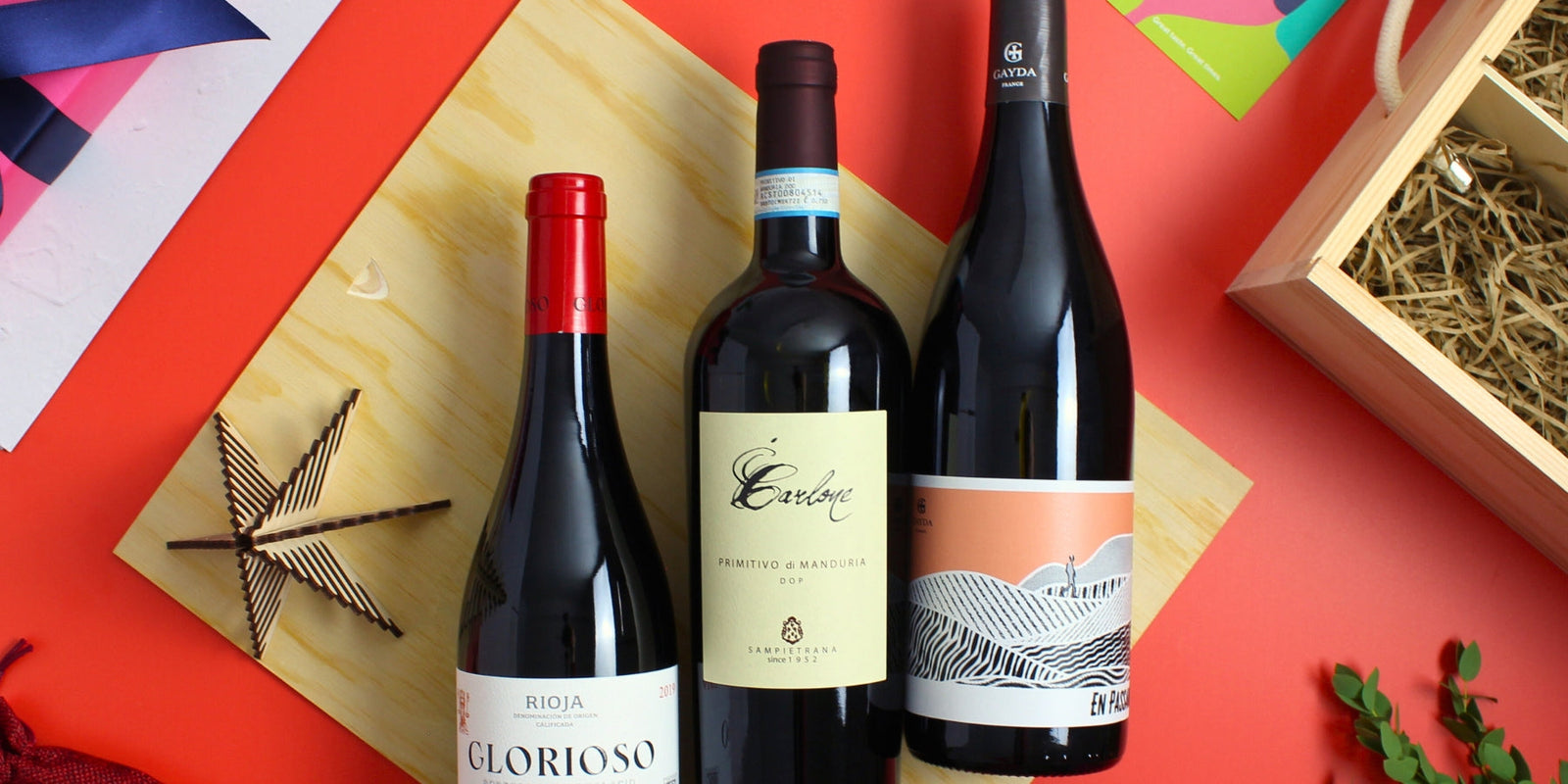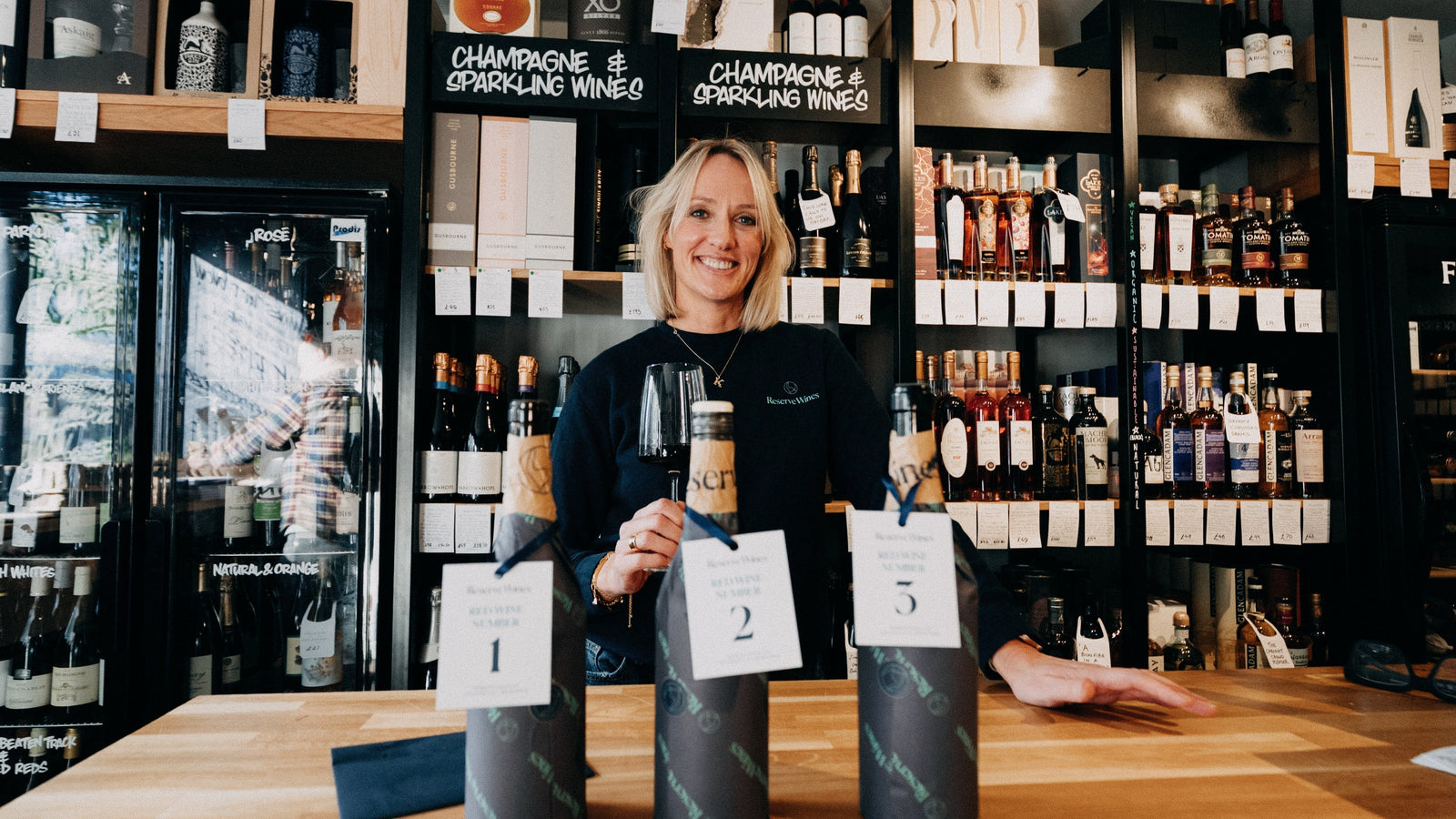In the North West of Spain, 150 kilometers from Madrid, resting on the southern slopes against the Duero (Douro) river, there's a small region that is responsible for some of the best white wines that Spain has to offer.

If you've not heard of it, that's likely because, at first glance, it's not the kind of place you'd want to have a holiday. Situated within the Castilla Y Leon area, you would more likely take a trip to the fabled medieval town of Salamanca or visit the the fairy-tale like fortress in Segovia if you were looking for adventure with some real Spanish soul. This is a place of vast plains and of harsh contrasts, where winters are cold and long, springs are short, and summers are hot and dry and can be interrupted by thunderstorms. Not ideal conditions for a leisure break, but on the rocky vineyards that the region is known for it's a different story.
The marked difference between day and night temperatures is a key factor in helping grow their exceptional grapes. It helps maintain the balance between the grapes’ sugar levels, brought about by the sun, and excellent acidity, maintained by the cool nights. Aside from thunderstorms, rainfall levels are very low. These conditions mean that the vine’s roots are forced to seek out water deep in the subsoil, more than in other regions of Europe.

Rueda is geographically in what would be classed as a Mediterranean zone, thanks to its latitude. However, high altitudes (between 700-870 metres above sea-level) mean that the region also has a continental influence which is another factor in the long ripening season that creates such high-quality fruit.
The region had originally been known for red wines, however the Phylloxera epidemic of the late 19th century destroyed vast swathes of vineyard across Europe, and much of Rueda was affected.
Following this set back, Palomino vines were brought in to make the fortified sherry-like wines - a popular style in the 1930's - as the region attempted to create a new identity for itself. In the 70s, renowned Rioja producer Marques de Riscal saw the potential of the place for fresh, clean wines, and made a dry wine to go alongside their timeless classic red Riojas. For this, they chose to use the native Verdejo grape.
The DO status came in 1980 and Verdejo was not only allowed but encouraged to truly flourish and now accounts for 89% of vineyard plantings in the region. With that in mind, lets get to know this grape a little better.
What is Verdejo?
Verdejo (pronounced Vurr-day-ho) is a grape variety that typically produces wines that are straw-yellow in colour with great aromatic character and that are very elegant. They display fruity aromas that include lemon, lime, satsuma, melon with grassy herbaceous notes that can include aniseed and fennel notes. The palate is full-bodied and structured with intense fruit flavour and a characteristic touch of nutty bitterness. The grape is grown all over the wider Castilla Y Leon region but the best examples come from Rueda.
Wine labelled Rueda Verdejo must contain at least 85% Verdejo and the rest may be made up of Sauvignon Blanc or Macabeo (Viura). You'll also find wines made from 100% Sauvignon Blanc but these are rarer and we’d rather focus on the indigenous grape of the area seeing as there’s plenty of Sauvignon elsewhere.
The high acidity and delicate balance makes this a great match for seafood, while the more full flavoured and fruity examples could pair with Vietnamese or Thai food. Richer examples that have more lees and barrel ageing go well with creamier chicken dishes.
Wines to try:

Bardos CLEA, Rueda Verdejo £12.00
Bardos is a range of wines produced by Vintae from the areas around the Duero, namely Rueda and Ribera del Duero. Stylistically they are clean and modern without being over ripe or too rich but instead are clean, fruit driven wines that are a joy to drink. On the nose, the intense aromas of lemon and lime, combine with cut grass and light mineral notes. On the palate it has round, ripe pear and apple fruit well balanced by zesty acidity and a good bit of length to the finish.
We've been fans of this wine for years and it is great with fish tacos.
Rayos i Truenos, L'enfant Verdejo £14.50
The name of this producer translates to Lighting and Thunder, giving to nod to the summer thunderstorms. This is a wonderfully vibrant example of Verdejo. It has all the vivid fruit you want with some lime and pear notes joining floral blossom and melon fruit aromas. These follow on to the palate with the lime in focus and there's some good weight to the body due to 9 months aging in contact with the lees (spent yeast). There's refreshing energetic acidity keeping it well balanced. The finish has intensity and concentration that lingers nicely. If you like the Sauvignon Blanc's of the Loire Valley, you'll find a lot to enjoy here.
This is a great wine to try with a seafood paella.

PITA Verdejo £15.00
A wine made from 100% Verdejo from the town of Valladolid. This is soft, almost floral, delicate and understated but really beautiful. The palate is well balanced with the ripeness of the fruit and crisp acidity coming together nicely with a long finish.
Emilio Pita’s family used to grow sugar beet in the region but he went and trained in Bordeaux and brought back a passion for wine and the Verdejo grape. His winemaking takes a low intervention approach and the wines are 100% organic.
PITA Finca la Cantera £33.00
Finally, an example of a richer, more complex style of Verdejo, also from Pita. The Verdejo fruit from their best vineyards is hand harvested and bunches invidivdually and fermented in 300 litre French oak barrels. Eight months further ageing on lees in the French oak adds body and texture. It's rich and creamy with elegant citrus and floral notes along with ripe peach and brioche. This is all balanced with mouth watering acidity and a long finish. Leave it opened for a while and the acidity and freshness and vibrancy really kicks in while the aromas really develop and expands. Premium but very much worth it. This is very limited with only 3,000 bottles per year production.

So as we've discovered, Rueda has a lot to offer. If you're keen to give these wines a try, we've put together a Rueda Verdejo Discovery Trio, with a nice little saving. We really recommend you try these wines and if you do we'd love to hear your thoughts. Let us know what you think by emailing us at hello@reservewines.co.uk









Leave a comment (all fields required)